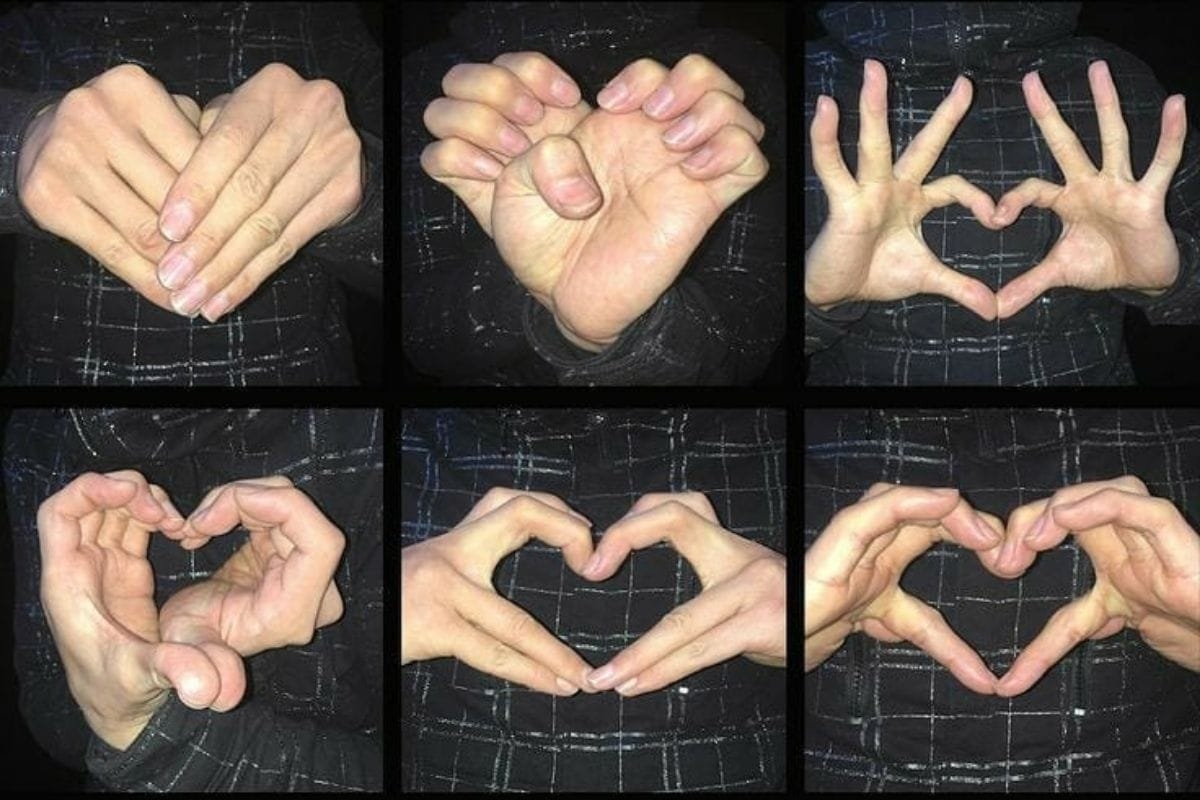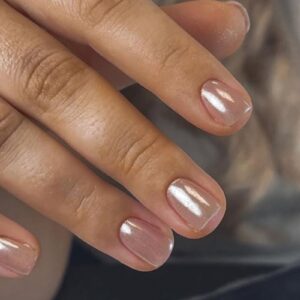
4 powerful hand mudras and how to use them
By Emma Hobday | 23 September 2021 | Feature, Health & wellbeing

Scratch chats to James Divine, palmistry teacher, author and founder of The Divine Hand Palmistry about the meanings of mudras, and how you can use them in everyday life…
First of all, what exactly is a mudra?
“A mudra is a Sanskrit word meaning to seal, mark, or gesture. It has two traditional uses; one being that it references a gesture that functions as a seal of authenticity in the iconography of a variety of Asian religions (Hinduism, Jainism, Buddhism, for example). For instance, you know that you are looking at the Buddha of Protection when their hand is facing outward – an Abhaya mudra,” says James.

@divineartwithsoul
“The second use of mudras is in traditional yogic practice, and also used in modern yoga in the west as well, though not as consistently,” he continues. “Mudras are a full body posture, or a hand gesture, that along with breathing techniques, shift the energy in the body, and set certain energetic vibrations in place for a person.”
James believes that your hands are powerful tools to create and destroy, but that they are also powerful tools to set intention and move energy too. That with a single gesture, paired with a thought and a breath, you can create any kind of energetic vibration around you that you wish: prosperity, protection, love, health, energy, rest, and more.
The dedicated palmist makes it clear that although he doesn’t come from an Asian background and doesn’t practice traditional yoga, he continues to be inspired by the idea that our hands create energetic vibrations for our body, leading him to use his 34+ years of research and study of the way we use our hands in western culture to create ‘modern mudras’ to distinguish it from the revered traditions of the east.



Here James describes four mudras for protection, self-love, motivation and to set boundaries…
1. Protection: Kashyapa mudra
“Place your thumb at the base between your middle and ring fingers and make a gentle fist with your fingertips straight out, not curled under. As you hold this position, take a deep breath and feel your energy and your emotions calming. Take a moment and feel your strength returning, and allow yourself to notice a shield of protection surrounding you. Do this for 15 minutes if you can.”
2. Self-love: Anahata mudra
“Place your thumb on the back side of your index finger between the knuckles, then straighten out the other three fingers. This mudra opens the heart chakra, and allows unconditional love to flow through your body. To use this mudra, make the gesture, take a deep breath, and as you do, physically open up your chest by rolling your shoulders back. Breathe it in and know that you are worthy of unconditional love. Hold on to this for as long as you can: 15 minutes if possible.”
3. Modern mudra for motivation
“When you aren’t feeling motivated to take action, that’s OK. You will notice that your thumbs, which are the “doer” finger on the hand, are hanging out in a very relaxed position near the palm. You know you have to do something, but just can’t find the motivation. All you need to do is stretch out those thumbs, and hold them out for at least one minute, three minutes is best. You are creating a bio-feedback hack to your brain which is reading the extended thumb as “get ready to do something!” and starts pumping action hormones into your body. In a few moments you will feel ready to get a move on!”
4. Modern mudra for boundaries
“In this topsy-turvy world we can have a hard time holding to boundaries. The demands of family, friends, work, and more can all try to push your boundaries in one way or another. The finger representing rules, limits, structures and boundaries is the middle finger, which is the finger to use in this mudra.
To hold to a boundary, for example, when you want to stick to your answer of “No, I can’t come in to work this Saturday,” simply extend your middle finger – instead of using it to offend, think of it as your backbone standing straight and tall, supporting you in your decision. If it helps, place the ring and index finger behind the middle finger for support. If in person, you can hold the middle finger straight between the ring and index finger, extending the pinkie and thumb slightly.”
Click here for James Divine’s website.
Follow James on Instagram and Facebook.
Photos by Kristina Pearl Photography
Main image courtesy of @dailymudra

Read the latest issue









